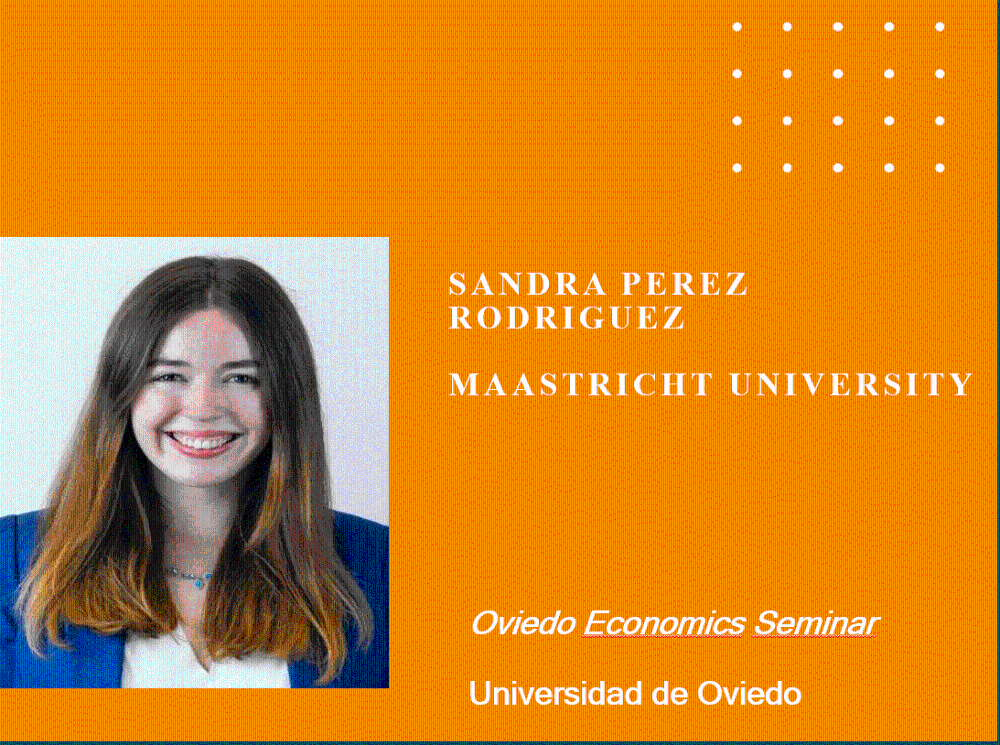Seminario titulado: "Labour market information on students' occupational choice: One-format-fits-all? Evidence from a field experiment". El seminario será el VIERNES 3 de mayo a las 12:30hs, en la sala Dr. Ernest LLuch (Dpto. de Economía)
Abstract: Career guidance is essential for an informed study choice. Information on labour demand (e.g., wages) is particularly relevant to help youngsters make study choices that fit current and future demand. However, experiments that make such labour market information available to youngsters do not always have the expected effect, suggesting that there is no one-size-fits-all solution. Responsiveness to such information is likely to depend on personal characteristics (e.g. gender, socio-economic status), time and risk preferences and skill levels (e.g., numeracy, literacy, graph literacy or economic literacy), as well as on the way the information is presented. In collaboration with one of the largest career guidance platforms in the Netherlands, we conduct a field experiment for 14-year-old students to investigate what format of presenting wage information has the strongest effect on study and occupational choice. After answering tests regarding their skills and preferences, pupils make a shortlist and rank their top 10 favourite occupations. The intervention follows directly thereafter. Students see the gross average hourly wage of their shortlisted occupations in a different format for each treatment group: a table, a neutral or colourful ladder, a bar chart or icons. The control group receives no wage information. Students in the treatment groups are immediately asked to rank their shortlisted occupations again after receiving information. A few weeks later, we ask all students again to rank to measure mid-term effects. We compare the change in the average hourly wage of students'preferred occupation among the treatment and control groups. In line with the study from de Koning (2022), we find that information on wages does affect occupational choice. In addition to this, we find that the format of wage information affects occupational choice as well. Based on data gathered during the first half of the experiment (September-December 2023), our results show that the format in which wage information is presented matters for occupational choices and its effects persists over time. Using a neutral risk ladder has the largest effect, leading to choosing an occupation that pays approximately 1 €/hour more than in the first ranking. Moreover, we provide evidence that there is indeed no one-size-fits-all. As expected, especially for those who are future-oriented, wage-information changes their preferences to occupations that are better paid. Regarding gender and socio-economic status, the format turns out to matter for the effectiveness in changing preferences. However, these differences can be explained by underlying skill levels. We find that icons are most effective for low literacy, graph literacy and economic skills. These insights not only contribute to scientific literature, but are also highly valuable for policy makers as they provide directions on how to reduce inequality of opportunities by improving the way career guidance is provided.


